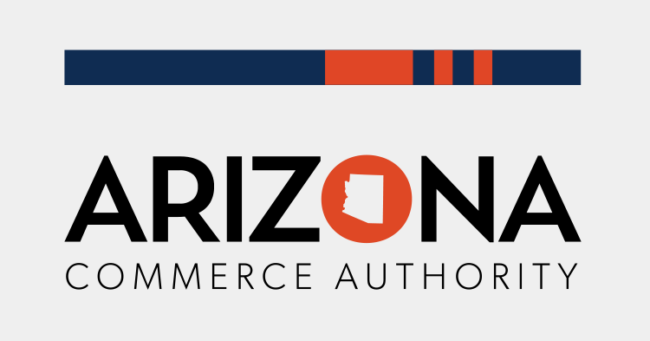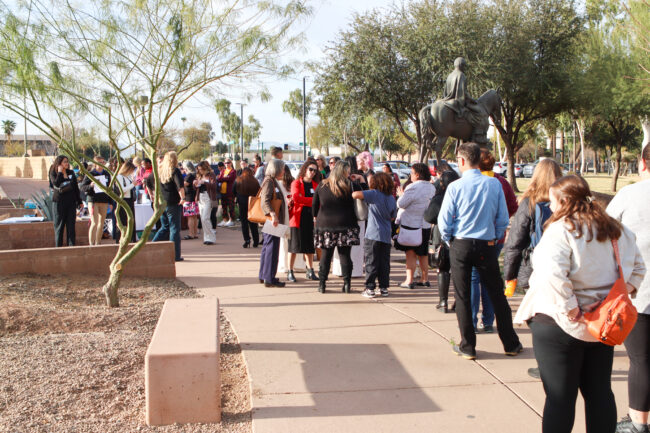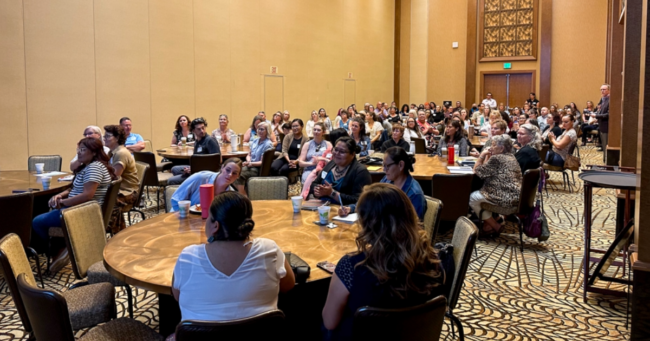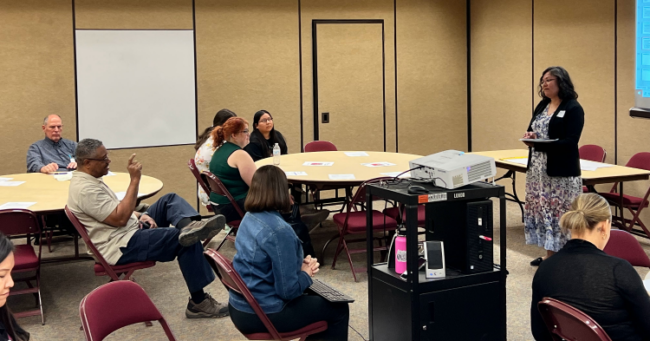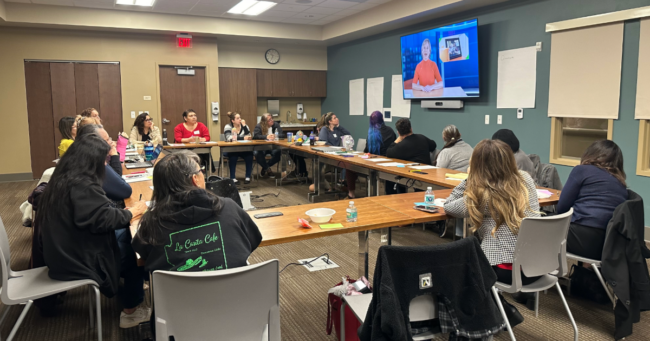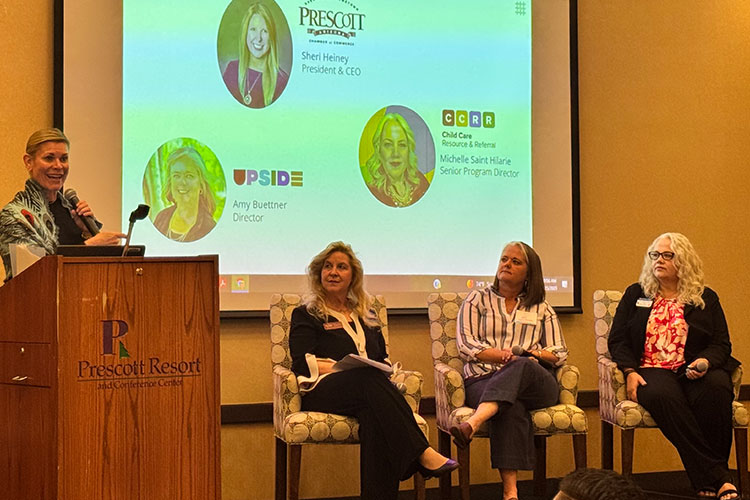
For some businesses in Yavapai County, the lack of affordable, quality child care available for their employees impacts their bottom line.
The First Things First Yavapai Region recently hosted a child care business forum with about a dozen local economic development leaders and business representatives, which included Yavapai College, the Prescott and Prescott Valley chambers of commerce and some retail businesses, to talk about local solutions.
Arizona’s economy loses $4.7 billion annually due to child care challenges. The discussion among the group included how, when local families struggle to access child care in the community, it forces them to make a difficult choice between working to provide for the family or staying home to take care of the child. The ripple effect continues to the employer in higher employee turnover and a smaller workforce pool when a parent stays home.
FTF CEO Melinda Morrison Gulick moderated a panel discussion with Sheri Heiney, CEO and president of the Prescott Chamber of Commerce, Michelle Saint Hilaire, senior program director at Arizona Child Care Resource and Referral and Amy Buettner, director of Upside Preschool in Prescott Valley.
Gulick shared that a recent survey showed that 90% of working families in Arizona have said that child care costs have increased and 35% said they have a left a job due to child care issues.
Yavapai County has about 6,000 children under the age of 5 yet only an estimated 3,500 openings for children at child care facilities. More than 30% of those children in the county live in a home where both parents work.
As FTF continues to work with businesses and economic development groups, child care is a leading topic of discussion.
“We work in partnership with the Arizona Chamber of Commerce and Industry,” Gulick said.
“Their members show that workforce participation is low because of child care issues. We also see that is the reason why students who are pursuing post-secondary opportunities drop out. The number reason they drop out is transportation and second is child care. Arizona is leading the nation in job creation. In order for us to have the workforce without bringing in more people, we have to invest in those ready for the labor force today and the labor force of the future.”
Creative approach to finding space
One church group took a creative approach to the child care crisis in Prescott Valley. Buettner, who is director of a local preschool, explained that Heights Church leaders had initially planned to build an additional church and were looking for property.
“(Community members) said they didn’t need another church,” Buettner said. “What they needed was child care support. We were speaking with the foster system and also needed a place for reunification meetings to take place.”
A long-abandoned grocery store building became the inspiration for a new community space.
Now, the repurposed facility serves as a preschool for about 85 children and features the largest indoor playground in Arizona, a coffee shop and a multipurpose meeting space. The space hosts town events and supports family reunifications through the foster care system. Heights Church, uses the facility for services, but prioritizes its broader community function.
“They listened to the needs of the community,” Buettner said. She added that families from several communities such as Paulden, Chino Valley, the far west side of Prescott and Dewey, travel to Upside in Prescott Valley, stressing the need for child care for many families.
Heiney emphasized the need for flexibility and alternative funding options, including child care stipends to make care more accessible for families. Drawing from successful models in other states, she pointed to Michigan, where a hospital created an in-house child care program for its nurses before expanding it to the wider community.
Saint Hilaire told the group that employers who are having challenges with workforce recruitment and retention because of child care issues can become influential advocates or early childhood education.
“Being engaged and supporting some of the initiatives, speaking with community leaders,” she said. “Share the impacts that you are experiencing as an employer. What we find is that your voice is more powerful than ours. You can get people to listen more.”
The forum ended with roundtable discussions among the group and talk of potential solutions, such as creating a child care task force in the area, looking into public-private collaborations and exploring existing spaces in the community to expand capacity for early childhood education.



